12 Beautiful Plants That Bring Bluebirds Flocking to Your Garden
Creating a bluebird-friendly garden is easier than you think. By adding plants that provide food, shelter, and a safe environment, you can attract these beautiful birds in no time. Focus on berry-producing shrubs and trees that offer a natural food source, along with dense foliage that gives bluebirds a place to perch and hide. Whether you’re looking for vibrant blooms or nutritious berries, the right plants can turn your garden into a welcoming haven for these colorful visitors.
This post may contain affiliate links, which helps keep this content free. Please read our disclosure for more info.
Flowering Dogwood (Cornus florida)
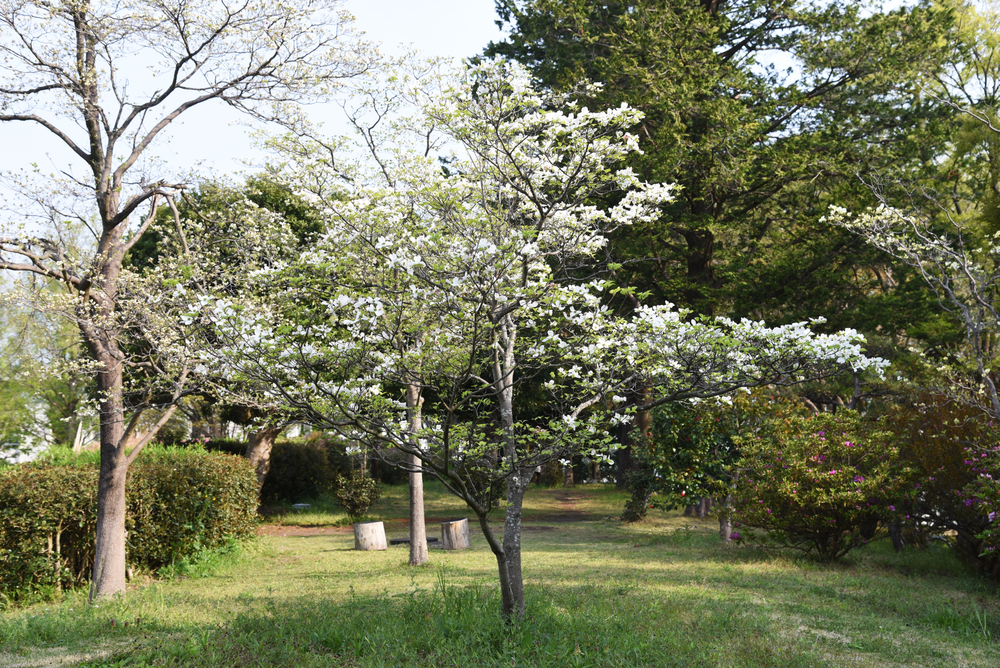
Flowering dogwood trees are a stunning choice for attracting bluebirds. These trees produce small, red berries in the fall that are highly sought after by bluebirds, particularly when food is harder to find during the winter months. The berries are rich in nutrients and provide a natural food source that helps sustain bluebirds through the colder seasons. In addition to their attractive fruit, flowering dogwoods boast beautiful spring blooms and vibrant autumn foliage, making them a visual highlight in your garden.
This tree also offers shelter for bluebirds and other wildlife with its broad canopy and dense foliage. It is a versatile tree, thriving in both sun and partial shade, and can adapt to various soil types, making it an easy addition to many garden spaces. Planting a flowering dogwood near other berry-producing plants will create an even more enticing environment for bluebirds and other birds.
Foster Holly (Ilex × attenuata ‘Fosteri’)
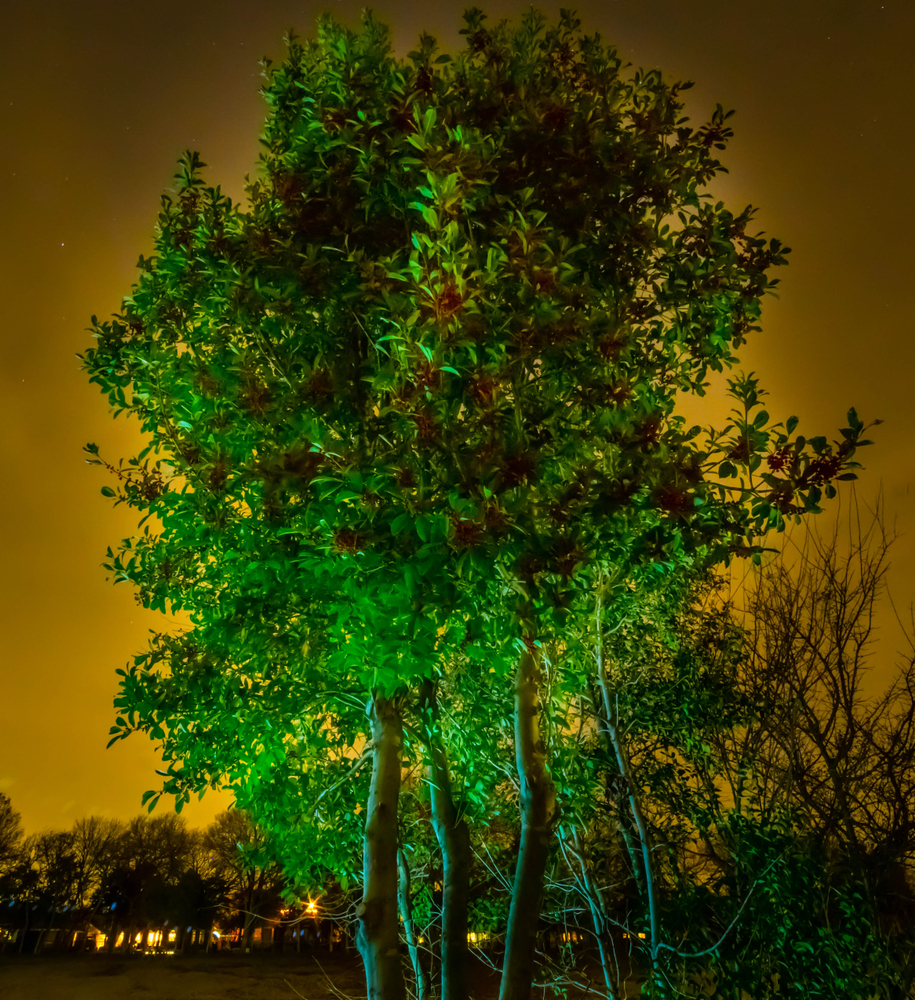
Foster holly is a robust evergreen shrub known for its striking red berries and dense foliage. These berries are a favorite food for bluebirds, especially during the winter months when their diet can be limited. The holly’s berries persist into winter, offering bluebirds a steady food supply when other sources are scarce. The shrub’s glossy leaves and vibrant red berries also add a touch of color to your garden throughout the colder seasons.
Beyond providing food, Foster holly offers excellent shelter for bluebirds with its dense, thorny leaves. This shrub can grow up to 15 feet tall, providing an ideal hiding place and protection from predators. It thrives in full sun to partial shade and is highly adaptable to a variety of soil conditions, making it a low-maintenance choice for creating a bluebird-friendly garden.
Eastern Red Cedar (Juniperus virginiana)
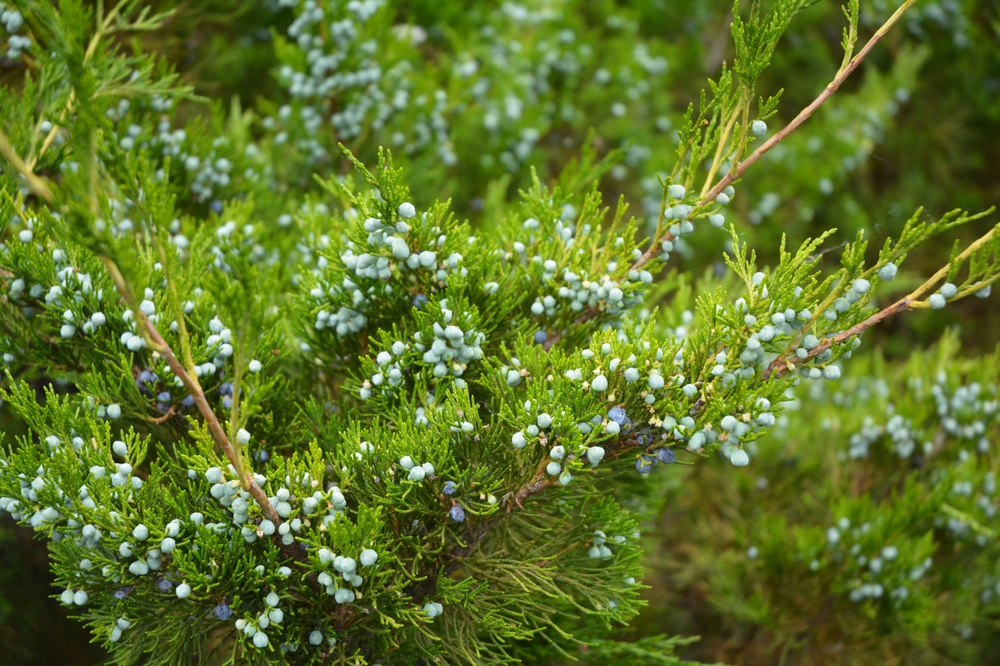
The Eastern red cedar is an excellent choice for attracting bluebirds, thanks to its berry-producing capabilities. This evergreen tree produces small blue berries that bluebirds find irresistible. These berries appear in the fall and can remain on the tree into winter, providing an essential food source during the cold months. The aromatic foliage and berries also attract other wildlife, making this tree a great addition to any wildlife-friendly garden.
In addition to offering food, the Eastern red cedar provides a safe place for bluebirds to nest and take refuge from predators. The dense foliage offers shelter, while the tree’s height provides a vantage point for birds to observe their surroundings. It grows well in a variety of soil types and can thrive in both full sun and partial shade, making it an adaptable choice for many garden landscapes.
American Elderberry (Sambucus canadensis)
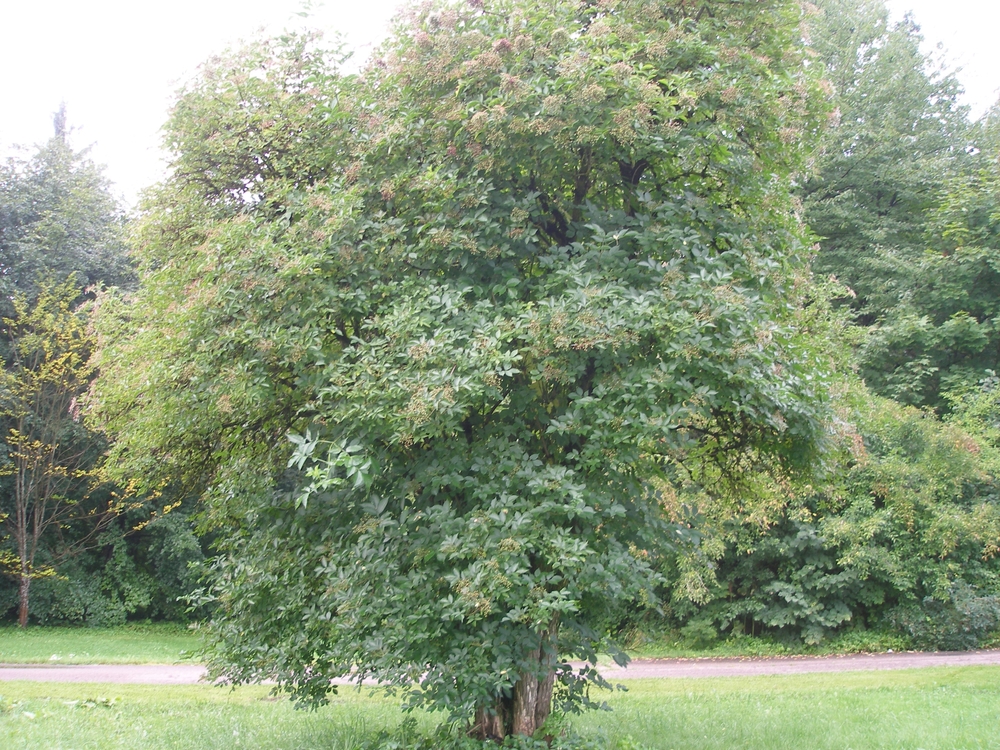
American elderberry is a fantastic plant to attract bluebirds, thanks to its abundant clusters of dark purple berries that ripen in late summer. These berries are a favorite of bluebirds and provide them with much-needed nutrients during their migratory period and into the fall. The elderberry plant itself is also a hardy shrub that can withstand various growing conditions, making it a reliable addition to any garden.
Elderberries also offer significant benefits as a native plant, as they attract not only bluebirds but also other beneficial wildlife, such as bees and butterflies. The plant has an upright, bushy form that can grow up to 12 feet tall, providing ample shelter for bluebirds. Its white, fragrant flowers in spring are a bonus, and once the berries ripen, they will provide a steady food supply for your garden’s feathered friends.
Serviceberry (Amelanchier spp.)
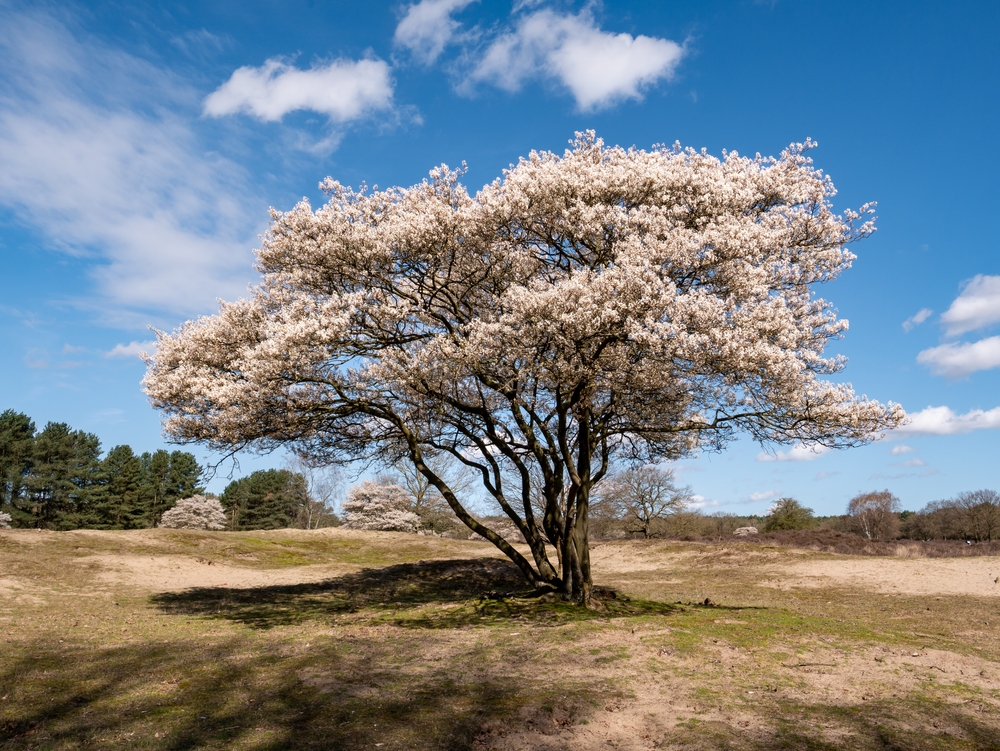
Serviceberry trees, also known as Juneberries, are a highly attractive option for bringing bluebirds to your garden. These trees produce small, sweet berries in late spring and early summer that bluebirds love. The berries provide an important early-season food source for bluebirds, especially as they return from migration. Serviceberries also have the bonus of beautiful white flowers in spring, followed by vibrant red or purple berries in the summer.
Serviceberry trees are hardy and adaptable, thriving in a variety of soil types and growing conditions. Their small to medium size makes them perfect for smaller gardens, while their dense branching structure provides excellent cover for bluebirds. The trees also offer important nesting sites and shelter for bluebirds and other wildlife. Planting serviceberry in a sunny or partially shaded area will help attract these birds while adding seasonal beauty to your garden.
Blackberry (Rubus fruticosus)
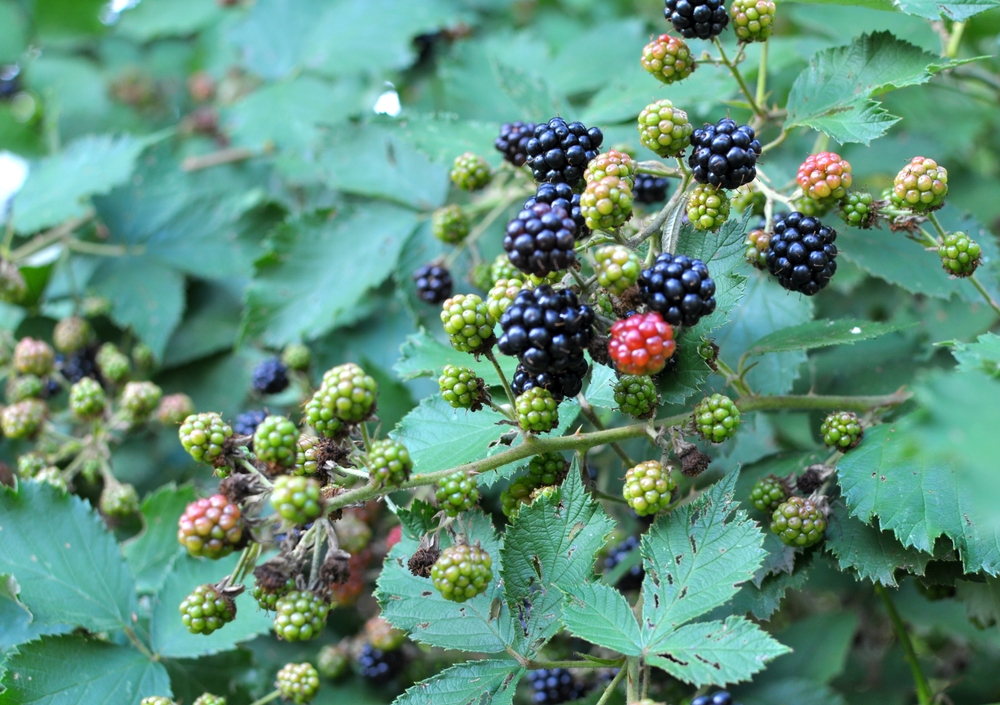
Blackberry shrubs are a fantastic choice for attracting bluebirds due to their abundant, nutrient-rich fruit. The blackberries ripen in mid-summer and are a favorite of bluebirds, providing them with a great source of food. In addition to the berries, the thorny branches of the blackberry bush offer shelter and protection for bluebirds and other small birds. Planting blackberry bushes near fences or trellises can create an inviting space for bluebirds to visit frequently.
Blackberries thrive in full sun and are relatively easy to grow, making them a low-maintenance option for your garden. These shrubs can also attract a wide range of other wildlife, including bees and butterflies, contributing to a diverse garden ecosystem. Whether planted as part of a larger berry patch or as a standalone shrub, blackberries offer both food and shelter to bluebirds.
Red-Twig Dogwood (Cornus sericea)
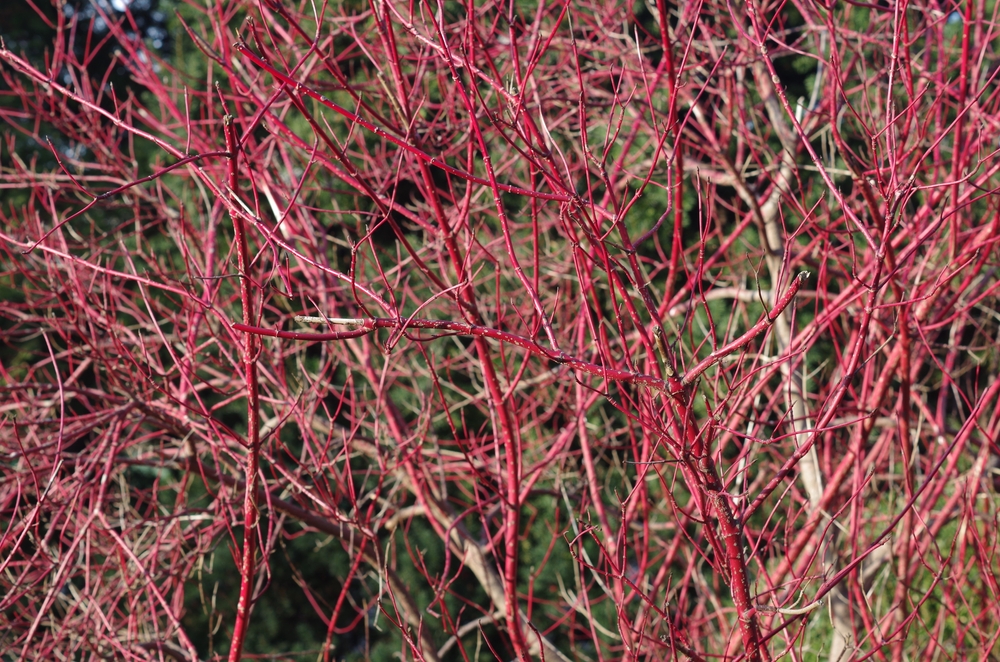
Red-twig dogwood is an attractive and versatile shrub that not only provides stunning visual appeal with its vibrant red stems in the winter but also offers food for bluebirds. This shrub produces small white flowers in spring, followed by clusters of white to blue berries that ripen in late summer and fall. Bluebirds are especially fond of these berries, which remain on the plant well into winter, providing an important food source when other options are limited.
The dense foliage of the red-twig dogwood also serves as shelter for bluebirds and other wildlife. This shrub is adaptable to a variety of soil types and grows well in both sun and partial shade, making it an excellent choice for gardens of all sizes. Its hardiness and multi-season appeal make it a perfect addition to any bluebird-friendly garden.
Hawthorn (Crataegus spp.)
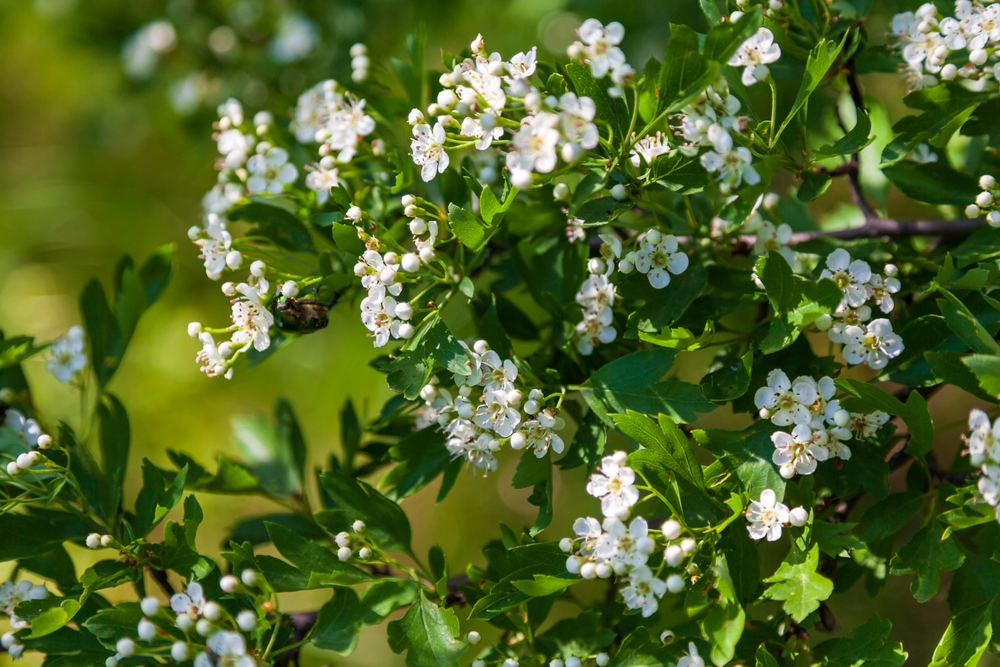
Hawthorn trees and shrubs are a valuable addition to a garden aiming to attract bluebirds. These plants produce clusters of small red berries that are favored by bluebirds, especially during fall and winter. The hawthorn berries provide essential nutrients and are a reliable food source for bluebirds when other food options are scarce. Hawthorn trees also provide excellent shelter, as their dense branches offer safe spaces for birds to perch and nest.
Hawthorn trees are hardy and thrive in a variety of soil types. Their springtime white or pink flowers add beauty to the garden, and the bright berries that follow provide vibrant color and nourishment for bluebirds. With their dual benefits of shelter and food, hawthorns are an excellent choice for bluebird-friendly landscapes.
Chokecherry (Prunus virginiana)
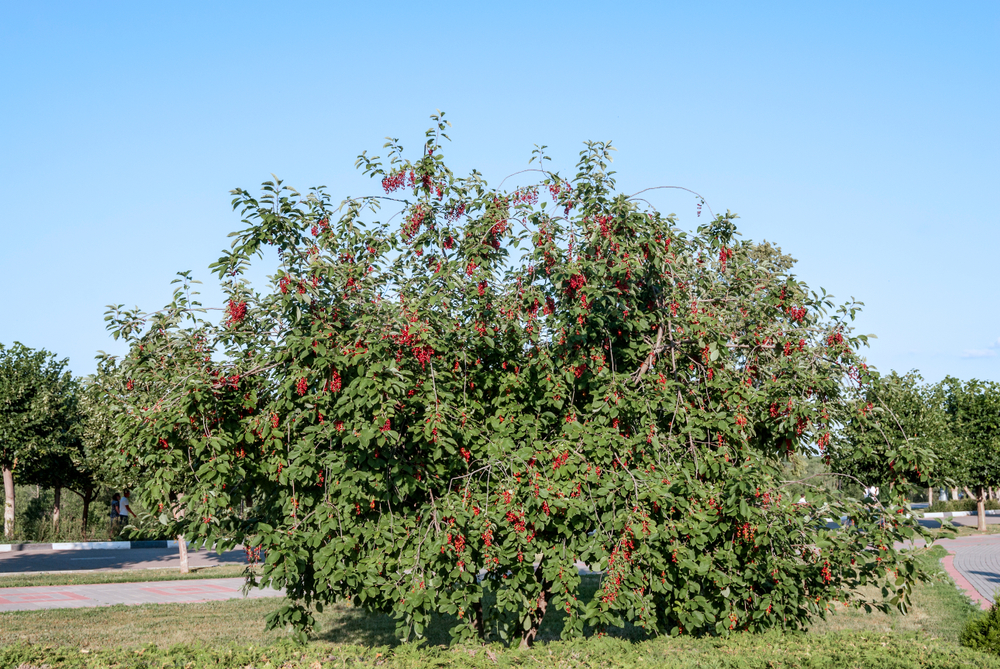
Chokecherry trees are an excellent option for attracting bluebirds, especially during the fall. These trees produce dark red to purple berries that bluebirds find irresistible. The berries are rich in nutrients and provide a great food source for bluebirds, especially during migration or when food is scarce. Chokecherry trees also produce beautiful white flowers in spring, adding to the visual appeal of your garden.
In addition to the berries, chokecherry trees offer ample shelter for bluebirds. Their dense foliage provides protection, and their height allows bluebirds to easily spot predators or potential nesting sites. Chokecherries are hardy trees that thrive in full sun and are adaptable to a variety of soil conditions, making them an excellent addition to any garden focused on attracting wildlife.
Sumac (Rhus spp.)
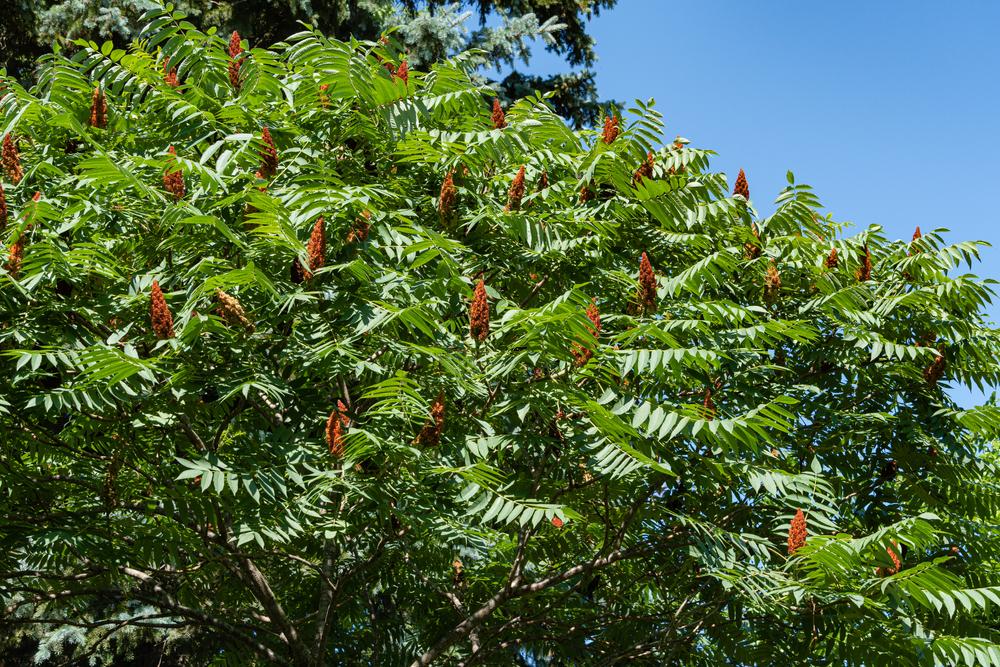
Sumac plants, with their striking red clusters of berries, are an excellent way to attract bluebirds to your garden. Bluebirds enjoy the berries, which remain on the plant well into winter, providing a crucial food source when other food supplies are low. The bright red berries are high in nutrients and are an attractive feature in any garden, especially during the colder months. Sumac’s ability to grow in a variety of soils and conditions makes it a hardy and versatile choice.
Sumac plants also offer shelter for bluebirds, with their dense branches protecting them from predators. These plants are fast-growing and can spread quickly, making them ideal for creating natural hedgerows or borders in your garden. Sumac’s easy care and natural appeal make it a perfect choice for anyone looking to attract bluebirds.
Beautyberry (Callicarpa americana)
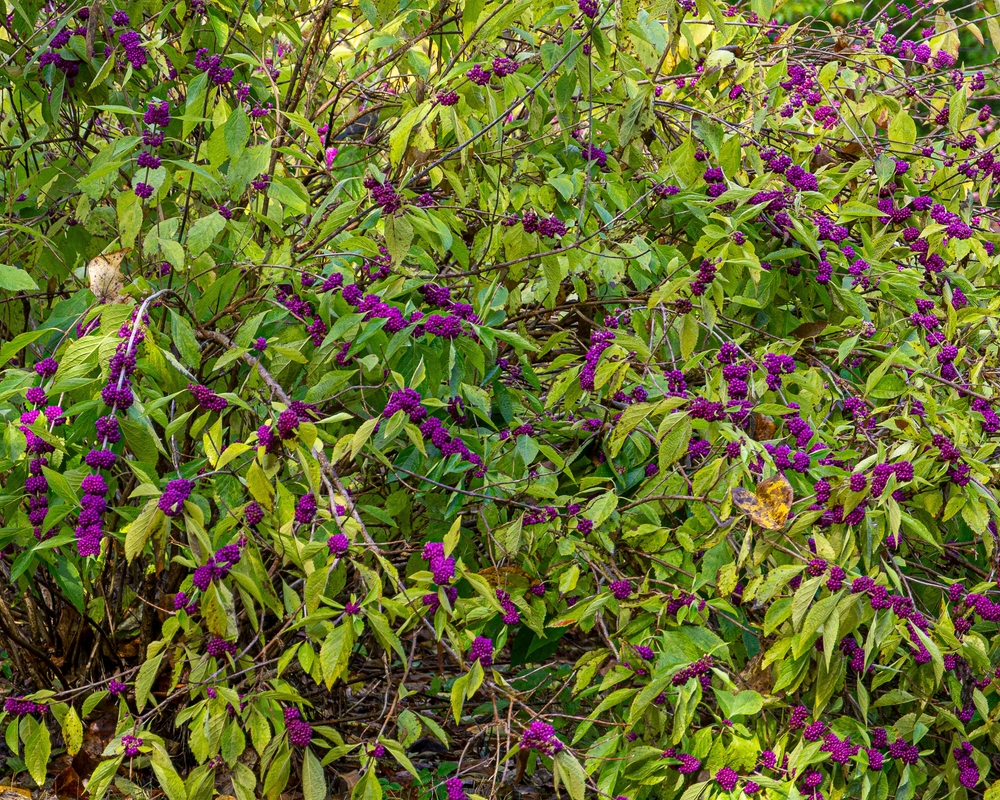
Beautyberry is a deciduous shrub known for its vibrant purple berries that bluebirds find irresistible. These berries appear in late summer and persist into fall, providing a steady food source for bluebirds during their migration. The shrub’s dense growth also provides a haven for bluebirds, offering shelter and protection from predators. Planting beautyberry in your garden will not only attract bluebirds but also add color and beauty to your landscape with its striking berry clusters.
In addition to being a food source, beautyberry is an easy-to-grow shrub that thrives in partial shade. It is tolerant of a variety of soil types and is relatively low-maintenance. This shrub is perfect for gardeners looking to attract bluebirds while adding seasonal beauty to their garden.
Mulberry (Morus spp.)

Mulberry trees are an excellent choice for attracting bluebirds, as their sweet, purple berries are a favorite food source. Bluebirds will enjoy the abundance of berries produced by these trees, which ripen in late spring to early summer. Mulberries are also a great source of nourishment for other bird species, making them a good option for those who want to attract a variety of wildlife to their garden.
In addition to being a food source, mulberry trees provide a great place for bluebirds to perch and rest. These trees grow quickly and can reach heights of up to 30 feet, making them perfect for gardens with ample space. Their dense foliage offers shelter and protection for bluebirds, making mulberries a dual-purpose tree for attracting both food and shelter.
This article originally appeared on Avocadu.
